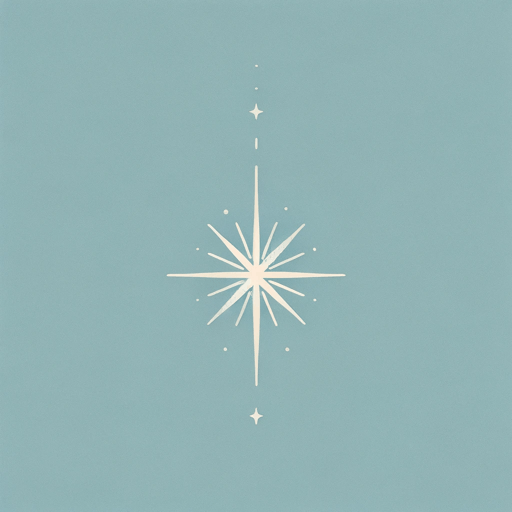77 pages • 2 hours read
Neil GaimanStardust
Fiction | Novel | YA | Published in 1999A modern alternative to SparkNotes and CliffsNotes, SuperSummary offers high-quality Study Guides with detailed chapter summaries and analysis of major themes, characters, and more. For select classroom titles, we also provide Teaching Guides with discussion and quiz questions to prompt student engagement.
Symbols & Motifs
(The) Wall
The stone wall separating England from Faerie is at the heart of the novel. It’s described as “old, built of rough, square lumps of hewn granite, and it comes from the woods and goes back to the woods once more” (3). It’s dominant enough to give the town Wall its name, which sets up the town as a gatekeeper and steward of this sacred place. There is a constant rotation of men (often one young and one old, representing another kind of duality and balance) guarding the only entrance between worlds. Here, they stand as a microcosmic metaphor for the town itself; like the guardsmen who oversee the entranceway, Wall itself stands guard over the gate against the rest of England and the known world.
In its original conception, Stardust was simply going to be titled Wall. While the idea expanded into something greater than its initial inspiration, this illustrates how integral both incarnations of the wall—physical structure and township—are to the novel. The concept of a gateway between worlds is not a new one; thresholds have long been sacred places in a range of world mythologies, something we still see today in practices like hanging mistletoe above a doorway.
Related Titles
By Neil Gaiman
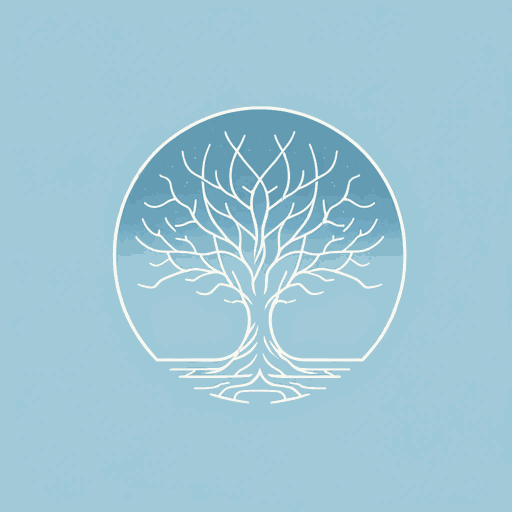
American Gods
Neil Gaiman
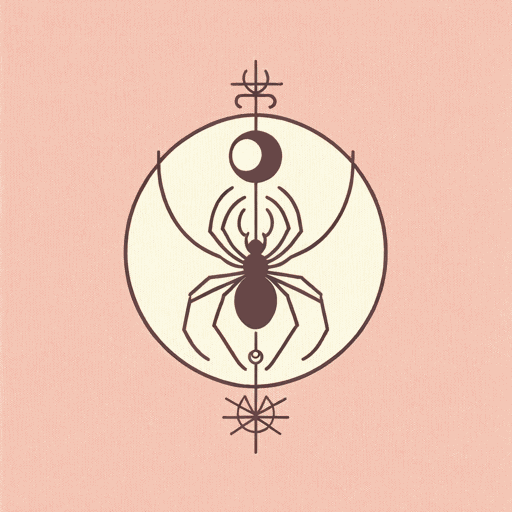
Anansi Boys
Neil Gaiman

Coraline
Neil Gaiman

Fortunately, the Milk
Neil Gaiman

Good Omens: The Nice and Accurate Prophecies of Agnes Nutter, Witch
Neil Gaiman, Terry Pratchett

How to Talk to Girls at Parties
Neil Gaiman
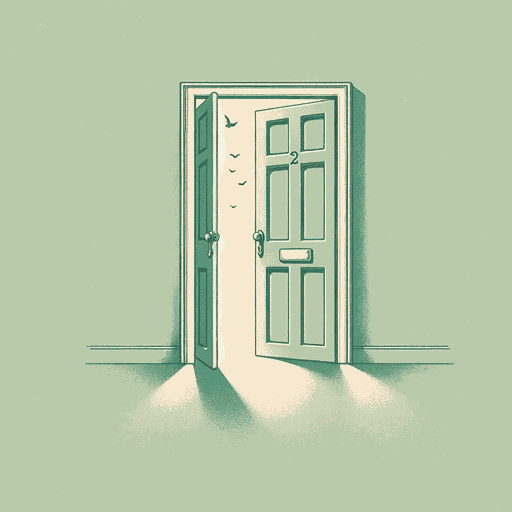
Neverwhere
Neil Gaiman
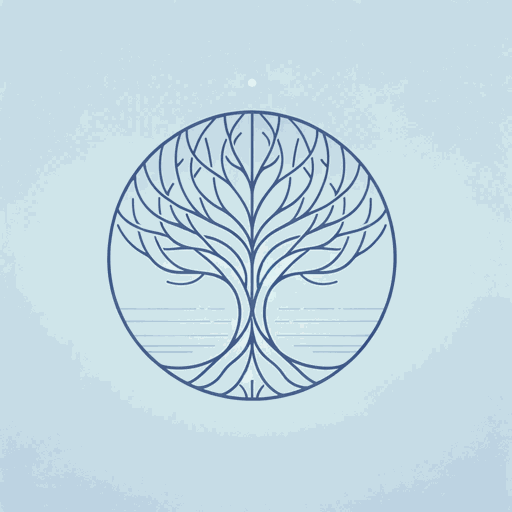
Norse Mythology
Neil Gaiman
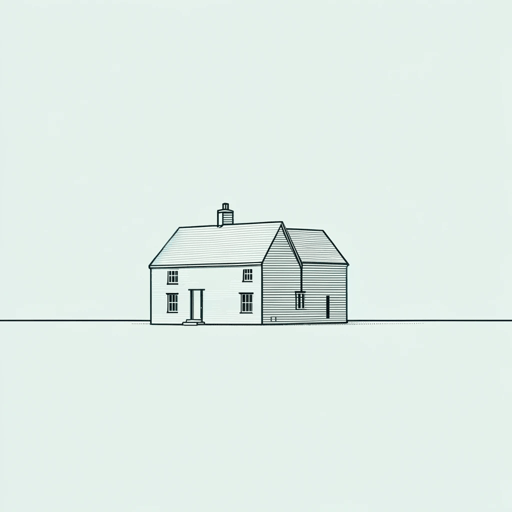
October in the Chair
Neil Gaiman

The Graveyard Book
Neil Gaiman
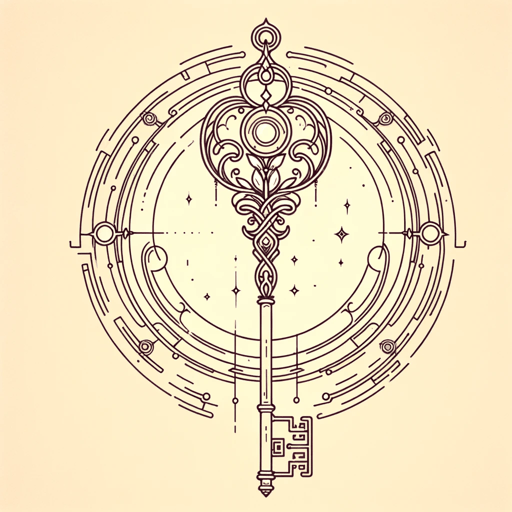
The Ocean at the End of the Lane
Neil Gaiman
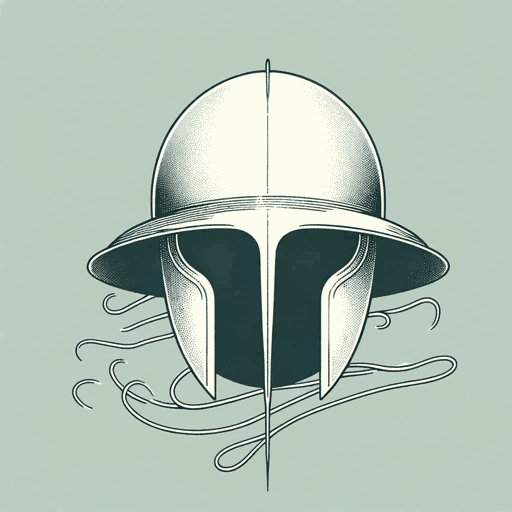
The Sandman Omnibus Vol. 1
Neil Gaiman

The Sleeper and the Spindle
Neil Gaiman
Featured Collections
Action & Adventure
View Collection
Challenging Authority
View Collection
Coming-of-Age Journeys
View Collection
Family
View Collection
Good & Evil
View Collection
New York Times Best Sellers
View Collection
Power
View Collection
Romance
View Collection
Valentine's Day Reads: The Theme of Love
View Collection
